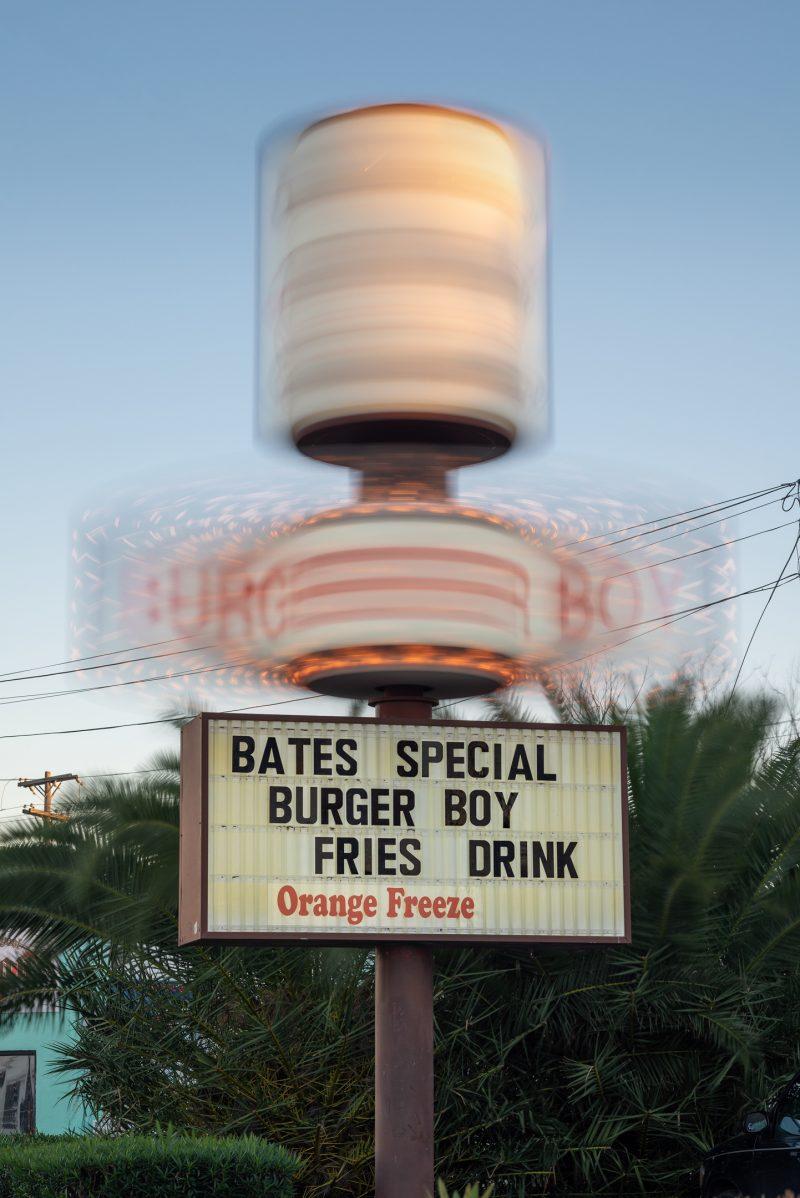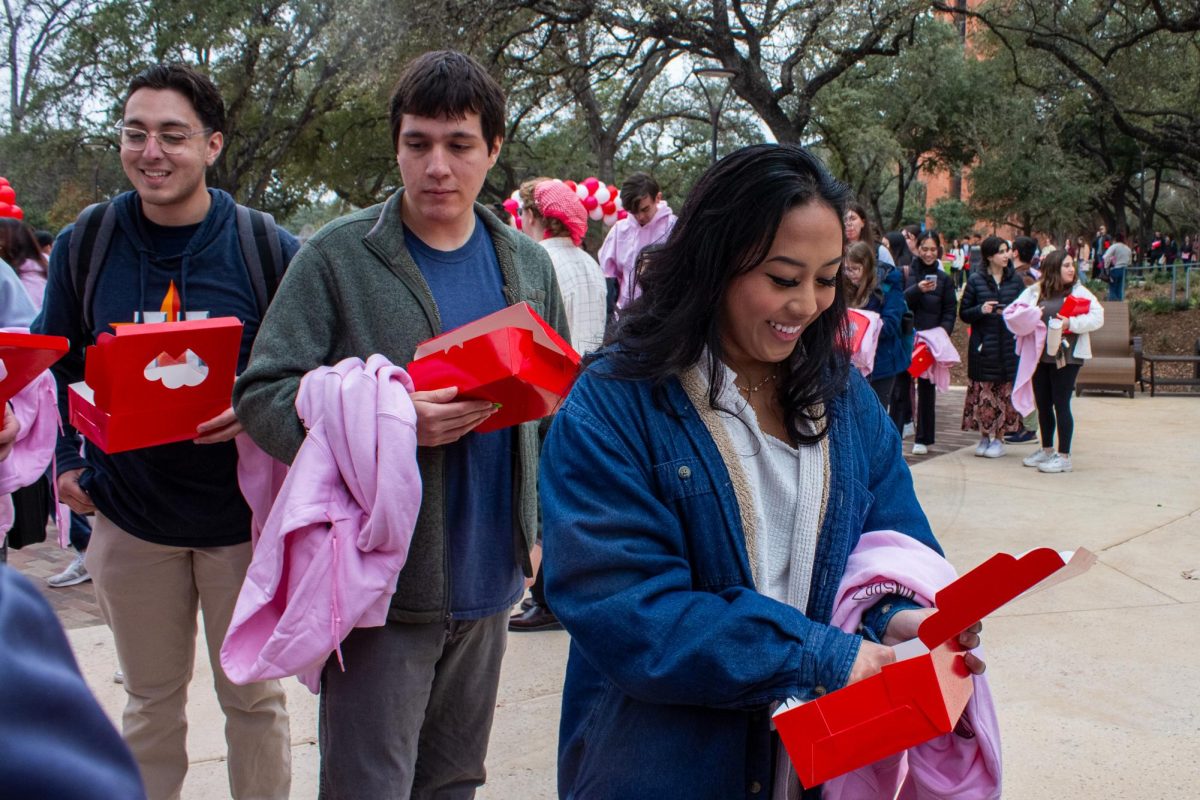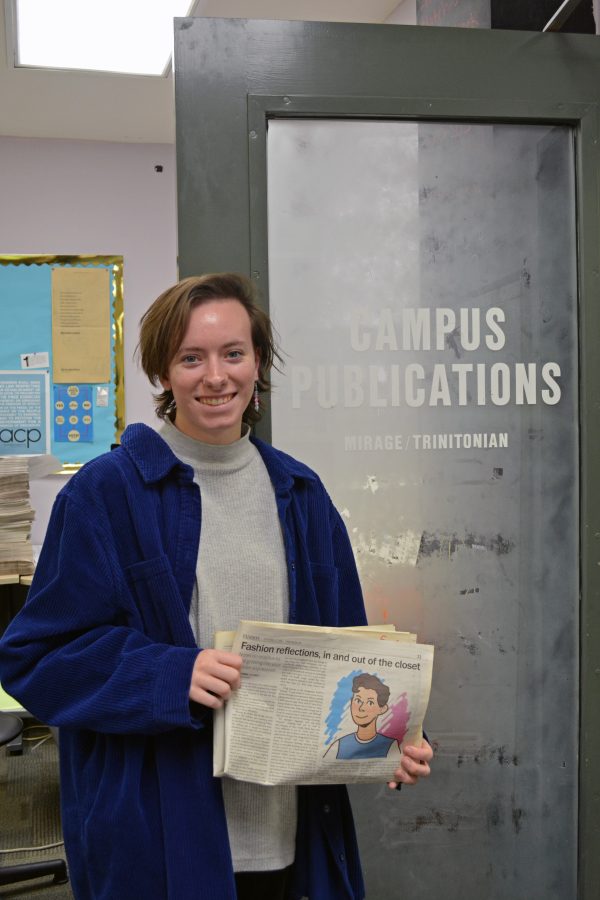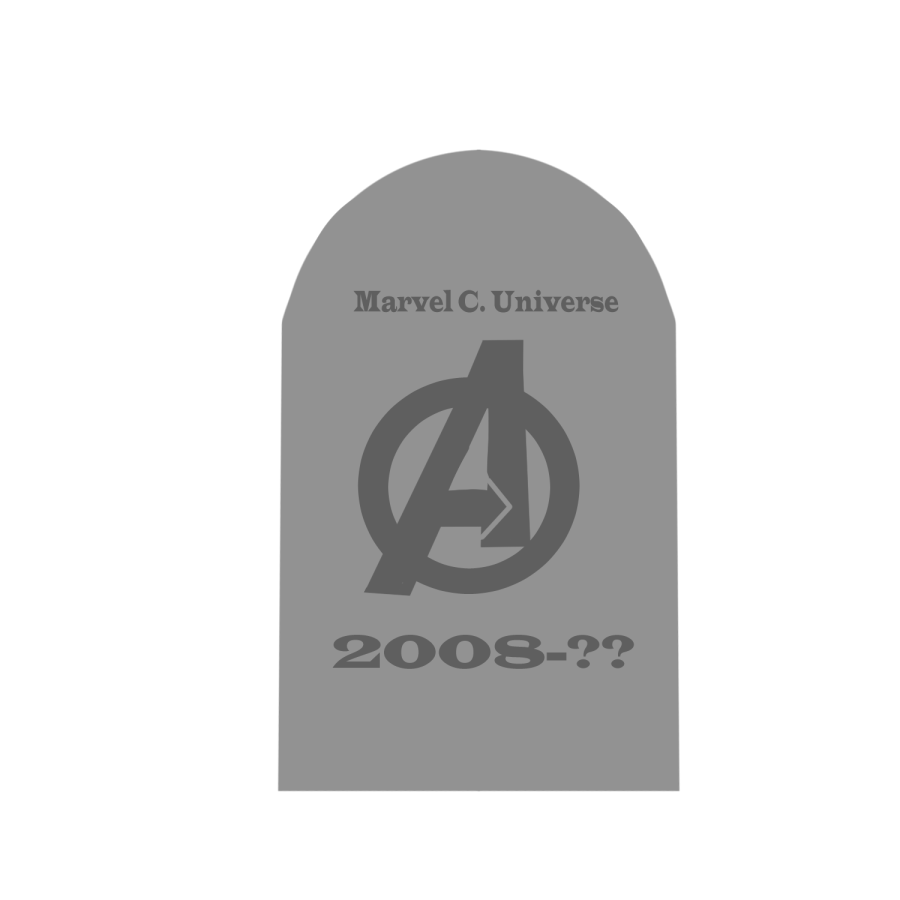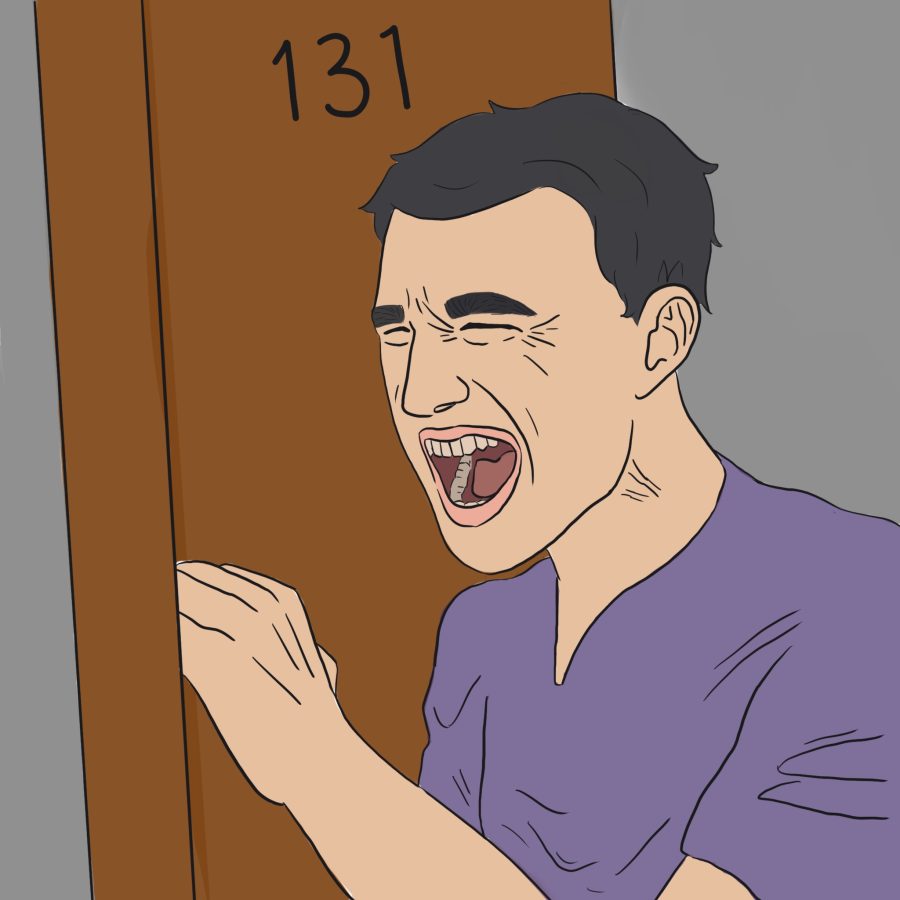A part of campus some students may not often explore is the Ruth Taylor Fine Arts Center. This collection of buildings is home to many departments, including the Art & Art History Department, which features a separate program for art and art history with respective majors.
The Dicke Art Building holds classrooms and offices for the Art Department, but student art can be found throughout the center with new pieces shown regularly. The art itself, however, is only one part of what makes the Art Department attractive, according to its student and staff members.
Randall Wallace, studio manager and instructor, described what it is like to work in the department from a personal perspective.
“Since the department has a broad swath of disciplines, I think the interesting component is [being] exposed to different ways of thinking, communicating, learning new things about material, different ways to present ideas … [It’s exciting] that we’re constantly generating new ideas, new work, new images. It’s very forward thinking,” Wallace said.
“[I] visited and fell in love with Trinity, the faculty and the Art Department. I got one of the art scholarships, so I knew immediately this is what I was going to major in and then I declared my double major with [communication] pretty early in the year,” said Danielle C. Trevino, senior art major.
However, not all art majors come to Trinity with such a clear path and vision in mind.
“I was originally interested in pursuing a career in curatorial work. … I came to realize that I chose that major because I secretly wanted to be an artist, but I didn’t have the guts to admit that to myself,” said Ariel del Vecchio, junior art major.
On the other hand, Noah Davidson, fifth-year art major, had a completely unrelated plan.
“I came to Trinity originally for international business and a minor in [economics] but I switched [my major] my first semester of junior year to art … It was something that made me happier, so I switched. And now I want to teach art,” Davidson said.
Nevertheless, the art major remains an uncommon choice, making the department small in size. According to Trevino, there are only eight senior art majors this year, all girls, and there were 11 students the previous one.
“Typically not a lot of people end up in the major, a lot end up dabbling in minors and stuff because of the Creative Expression [requirement] for Pathways,” Trevino said.
She added that because of its relatively small size, everyone in the art major knows one another and is close.
The faculty and staff also play an important role in making the Art Department feel friendly and intimate.
“When you make an effort to have a relationship with [the instructors], they’ll really really push you as an artist and, I think, really try to steer you in your best direction,” del Vecchio said.
“The professors will really help you out, they care about you and your growth as an artist in general. They’re always willing to help you build connections to the outside world and the art community.” Davidson said.
Trevino said that studio fees don’t make that big a difference and won’t deter students who truly want to pursue it. According to instructors, there are many benefits to taking classes, even for students who are not art majors.
“[They] create well rounded students who are more observant and have better creative problem solving skills. Most students are great at following a list of directions, but art classes help train students solve problems that don’t always have clear solutions,” said Cosby Lindquist, digital photography instructor
Wallace added that many classes are open to any level and that the goal is to learn, regardless of a student’s initial level of artistic skill or experience. He also described it as a way to engage with life physically.
“It’s really about learning how to formulate ideas and put those into a visual format … I think of it in terms of composition, taking an abstract thought and formalizing it into a real material object or statement … skills that could apply to other studies,” Wallace said.
Like students, instructors are also passionate about and create art of their own.
“Through the arts, I’m part of a community, a history. All those things are really empowering in a way,” Wallace said, “It creates a language for me to interpret the world and my experience in it. Art is really a way for me to be brave, to be more vulnerable.”
Lindquist is currently working on long exposure photos focused on the man-made landscape, specifically American streets or highways and how they communicate.
“I am endlessly fascinated by how the built landscape effects us psychologically and how it is a reflection of our shared culture and deepest desires.” Lindquist said.
To learn more, contact Kate Ritson, head of the Art Department, or visit the works made by art students, such as Davidson’s nature-inspired piece and del Vecchio’s currently showcased in the art building.

